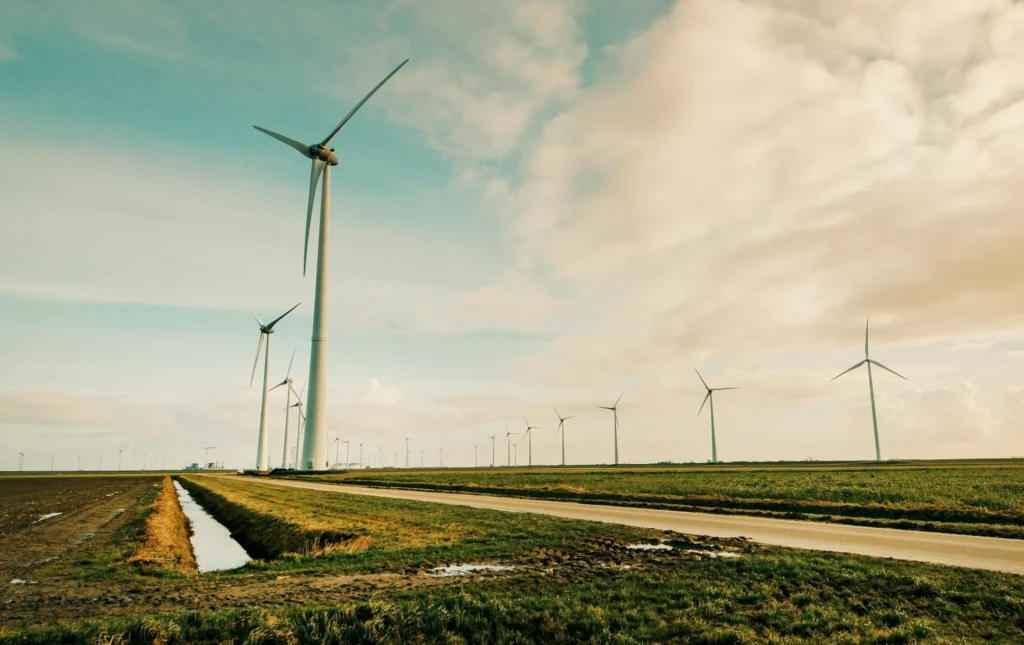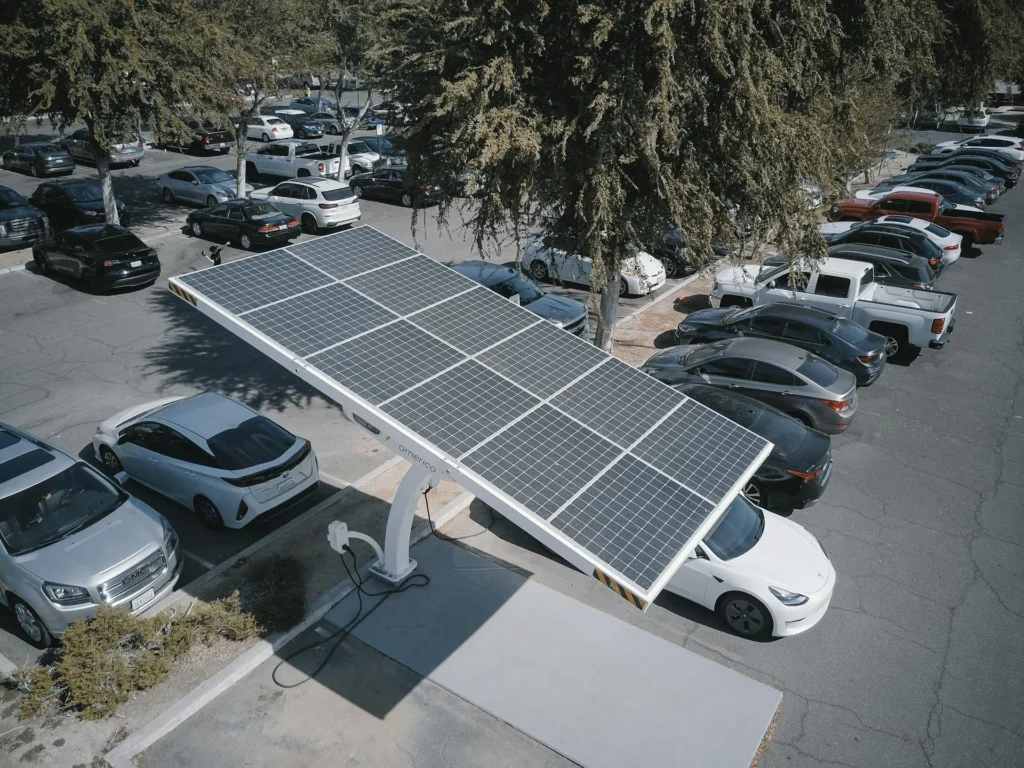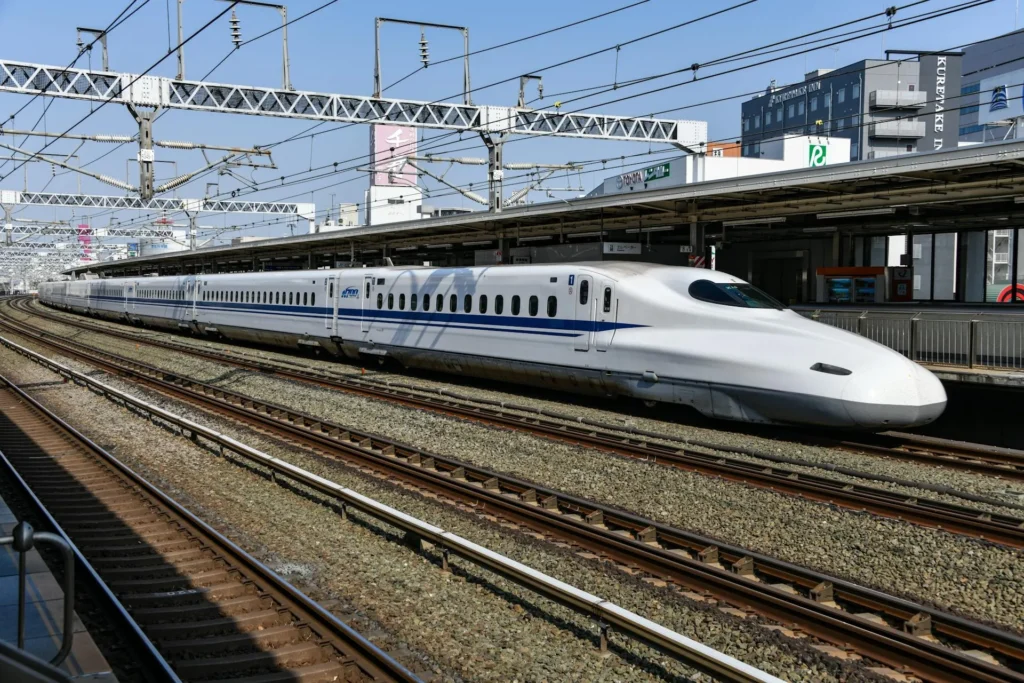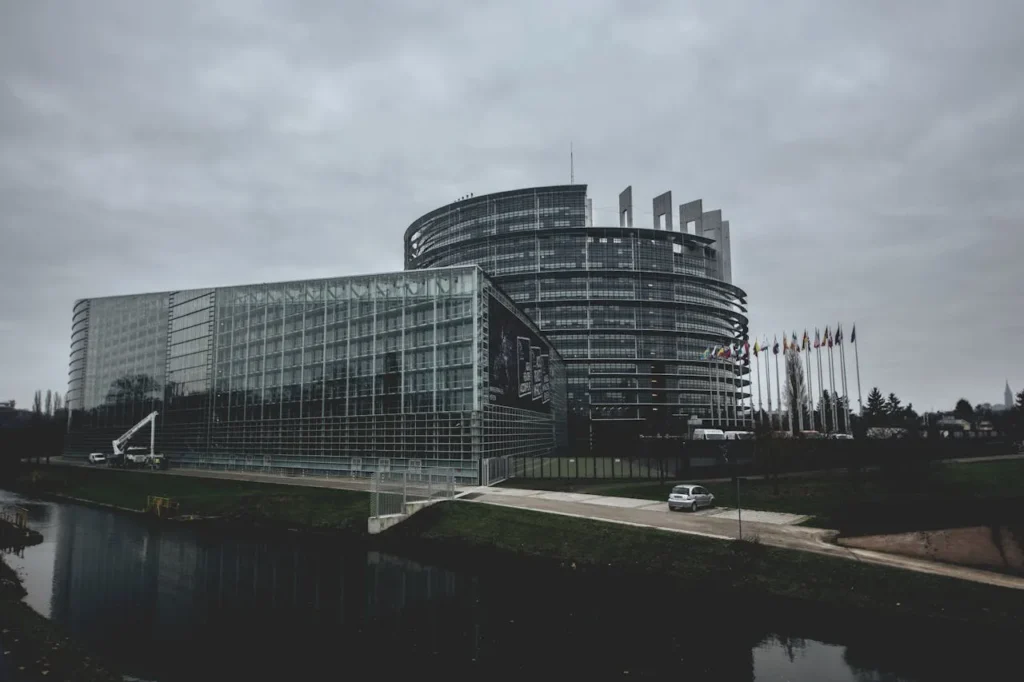Introduction to the future of Europe Transport
Europe transport is undergoing a remarkable transformation, driven by technological advancements and a growing emphasis on sustainability. In this blog post, we’ll delve into the latest innovations shaping Europe transport and explore how these changes are paving the way for a greener, more efficient future.
Elaboration on Europe Transport
Europe transport has always been a dynamic and integral part of the continent’s development, connecting diverse cultures and economies through extensive road, rail, air, and maritime networks. In recent years, however, the focus has shifted dramatically towards making transportation more sustainable and technologically advanced. This transformation is essential in addressing the environmental challenges posed by climate change and urbanization.

Historical Context
Historically, Europe has been at the forefront of transportation innovation. The continent saw the development of the first railway systems in the 19th century, which revolutionized travel and commerce. Post-World War II, Europe invested heavily in building extensive motorway networks and expanding air travel, making it a global hub for transportation and logistics. However, these advancements came at an environmental cost, leading to increased carbon emissions and urban congestion.

The Push for Sustainability
Today, the focus is on creating a sustainable Europe transport system that minimizes environmental impact while maintaining efficiency and connectivity. The European Union (EU) has set ambitious targets to reduce greenhouse gas emissions, with the transport sector playing a crucial role in achieving these goals. According to the European Environment Agency, the transport sector accounts for nearly 25% of Europe’s total greenhouse gas emissions, making it a significant area for improvement.

Electric Vehicles (EVs)
One of the most promising developments in Europe transport is the rise of electric vehicles (EVs). Countries like Norway, the Netherlands, and Germany are leading the way in EV adoption. Norway, for instance, aims to sell only zero-emission cars by 2025. The expansion of charging infrastructure and government incentives has accelerated the adoption of EVs, which are crucial in reducing emissions from road transport.

Public Transport Innovations
Public transport systems are also undergoing significant changes. Cities like Amsterdam and Copenhagen are integrating electric buses and trams into their networks, aiming to reduce urban air pollution. The EU is supporting these initiatives through funding and policy measures that promote cleaner public transport options. The shift towards electrified public transport not only reduces emissions but also offers a more reliable and efficient mode of travel for residents.

High-Speed Rail
High-speed rail is another critical component of sustainable Europe transport. Countries like France, Spain, and Italy have developed extensive high-speed rail networks that offer a viable alternative to short-haul flights. The European Union’s Trans-European Transport Network (TEN-T) aims to create a comprehensive high-speed rail network that connects major cities across Europe, reducing travel times and carbon footprints.

Smart Mobility Solutions
Urban areas are embracing smart mobility solutions to address the challenges of traffic congestion and pollution. Cities like Barcelona and Vienna are implementing bike-sharing programs, app-based ride-hailing services, and autonomous vehicle trials. These smart mobility solutions are making urban travel more convenient and sustainable, encouraging residents to shift away from private car use.

Digital Transformation Revolutionizes Europe Transport
Leveraging Advanced Technology in Europe Transport
The integration of cutting-edge digital technologies is revolutionizing Europe transport. From smart traffic management systems to real-time tracking of public transit, technology is enhancing the efficiency and reliability of transportation across the continent. By leveraging big data and IoT (Internet of Things), Europe transport systems can optimize routes, reduce congestion, and improve passenger experiences.

Combatting the Environmental Impact of Europe Transport
Bold Moves to Reduce Carbon Footprint in Europe Transport
Environmental sustainability is at the forefront of Europe transport policies. The shift towards electric vehicles, renewable energy sources, and sustainable public transport options is critical in reducing the sector’s carbon footprint. Efforts such as the EU’s Green Deal aim to achieve a 90% reduction in transport emissions by 2050, emphasizing the importance of eco-friendly transport solutions.

Transformative Policy and Regulation in Europe Transport
Pioneering Policies Shaping the Future of Europe Transport
Policies and regulations play a crucial role in shaping the future of Europe transport. The European Union has implemented various directives and initiatives to promote sustainable and efficient transport systems. These include emission standards, incentives for clean energy adoption, and investments in infrastructure development. Understanding these transformative policies is essential for stakeholders involved in Europe transport.
Conclusion
The future of Europe transport is shaped by a commitment to sustainability and innovation. By adopting electric vehicles, enhancing public transport, expanding high-speed rail, and implementing smart mobility solutions, Europe is setting a global standard for transportation innovation. These efforts not only contribute to environmental sustainability but also improve the quality of life for residents and travelers alike.

Explore Our Comprehensive Europe Transport Services
Express Freight Transport
For businesses needing quick and reliable delivery, express freight transport has become a cornerstone of Europe transport. This service ensures that goods are transported swiftly across the continent, minimizing downtime and maximizing efficiency. With dedicated routes and advanced logistics, express freight transport caters to the growing demand for rapid delivery solutions. To learn more about this vital service, visit our Express Freight Transport page.
Vehicle Recovery and Transportation Service
Vehicle breakdowns can be a significant inconvenience, but Europe transport offers comprehensive vehicle recovery and transportation services to address this issue. These services are designed to assist drivers in distress, ensuring that vehicles are recovered quickly and transported to the desired location. This is particularly useful for long-distance travelers and commercial fleets. For more details on how these services can help, check out our Vehicle Recovery and Transportation Service page.
Moving Services
Relocating can be a daunting task, but Europe transport provides efficient moving services to make the process smoother. Whether you are moving within the same city or across countries, our moving services are equipped to handle all your transportation needs. From packing and loading to transporting and unloading, we ensure that your belongings are moved safely and efficiently. For comprehensive information about our moving services, visit our Moving Services page.
Frequently Asked Questions
Navigating the complexities of Europe transport can raise numerous questions. To assist with this, we have compiled a detailed FAQ section that addresses common queries about our services, policies, and procedures. Whether you need information about specific transport options or general guidance, our FAQ section is designed to provide quick and accurate answers. For more information, please refer to our Frequently Asked Questions page.
Note!
The chart visually compares the CO2 emissions from different modes of transport, highlighting the benefits of sustainable transport options such as trains and buses over cars and airplanes. The data underscores the importance of transitioning to greener transport solutions to achieve environmental sustainability goals in Europe. Source: https://www.eea.europa.eu/en/topics/in-depth/transport-and-mobility
